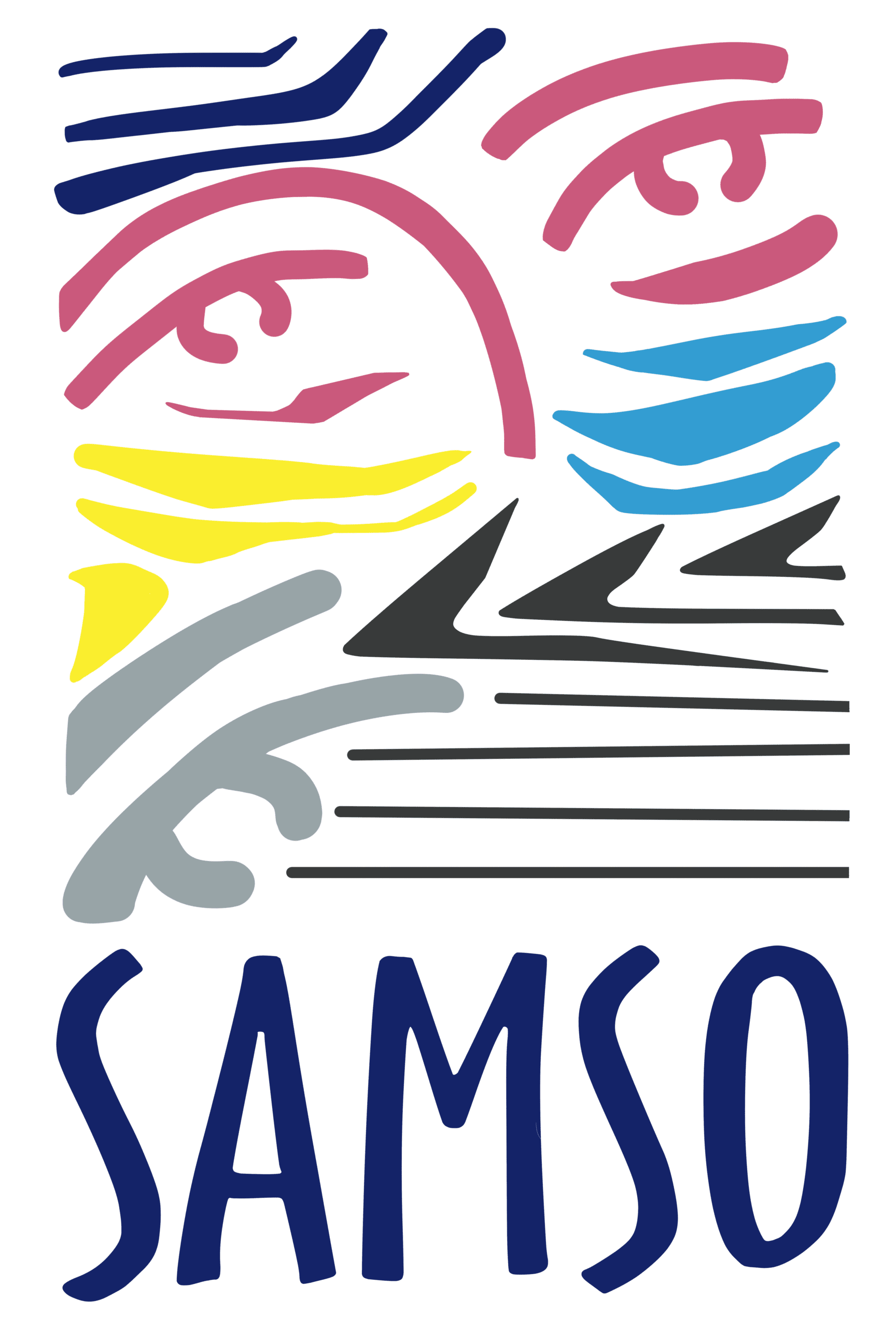The non-Western subject as a symbol, not a person
People become products. That’s the uncomfortable truth about poverty photography.
I’ve watched African subjects reduced to visual shorthand – symbols of suffering rather than individuals with dreams, humour, and agency. They appear as interchangeable representations of “poverty,” “hunger,” or “conflict.” This reduction carries profound ethical weight.
Dehumanisation through repetition
The same visual templates circulate endlessly. The malnourished child. The desperate mother. The dusty village. These become standardised symbols rather than documentation of specific human experiences.
“We’ve all seen it: the photo of a teary-eyed African child, dressed in rags, smothered in flies, with a look of desperation that the caption all too readily points out,” notes Duncan McNicholl, who worked in Malawi [7]. Such repetition fails to capture “the intelligence, the laughter, the resilience, and the capabilities of so many incredible people.”
Why do development organisations perpetuate this pattern? The reasons reveal our collective discomfort with complexity:
These images generate reliable emotional responses. They align with Western expectations of what “Africa” should look like. They create clear visual contrasts between “donors” and “recipients.” Most damaging of all, they simplify complex socioeconomic realities into digestible narratives.
Such depictions obscure African personhood—a concept that extends beyond mere biological existence to encompass social responsibility, moral maturity, and community belonging [8]. They position Western viewers as rescuers rather than witnesses or partners.
One African living in America captures this perfectly: “It makes me cringe every time I see a ‘photo of a teary-eyed African child, dressed in rags, smothered in flies, with a look of desperation,’ especially when I know that these images are used as means to generate revenues” [9].
The body as evidence of suffering
Bodies become courtroom exhibits in poverty photography. Physical conditions get highlighted to demonstrate pain, deprivation, or need. “Media representations of suffering bodies from medical humanitarian organisations raise ethical questions,” notes one medical ethics paper, as these images “would generally not meet ethical standards commonly applied in medical practise” [10].
This approach creates troubling contradictions.
Unlike personal injury photography where images document injuries to support compensation claims [11], poverty photography rarely benefits the photographed subjects directly. The suffering body becomes commodified—its value lies in its capacity to generate emotional responses and, ultimately, donations.
Bodies get stripped of context. Just as crime scene photography must document evidence in relation to its surroundings [12], ethical representation requires contextualising suffering within its political, economic, and social frameworks. Without this context, poverty appears as an inevitable condition rather than the result of specific circumstances.
“Intelligence, humour, and capabilities are obscured beneath blankets of pity and oversimplifying slogans,” explains one critic. “Arop doesn’t need pity, he needs a job. He needs a future” [13].
The persistent focus on bodies of evidence rather than people with stories reinforces harmful notions. Poverty becomes an inherent characteristic rather than a circumstance—something that defines African identity rather than a condition affecting complete human beings with aspirations, capabilities, and dignity.
Photographer Duncan McNicholl challenges this paradigm directly through his “Perspectives of Poverty” project. He photographs the same individuals in two contrasting ways: one conforming to poverty photography conventions and another showing them “looking their very finest.” His approach demonstrates how easily visual narratives can be manipulated to present people as either “victims” or individuals with agency and dignity [7].
The camera doesn’t lie. But photographers do choose what truth to tell.


Leave a Reply